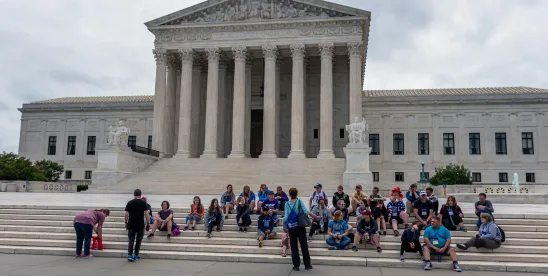As I previously noted on this blog, the end of the Supreme Court’s term brought with it a landmark decision in Loper Bright Enterprises v. Raimondo, which overruled Chevron v. Natural Resources Defense Council. The holding of Loper Bright is clear: courts are no longer required to defer to agency interpretations of ambiguous statutes. But just how substantial is this change?
As a jurisprudential matter, there is no question the change is substantial. Chevron had imposed an analytical framework that required courts to ask (1) whether a statute was ambiguous, and, if so, (2) whether the agency’s proffered interpretation was reasonable. If so, deference was required. This familiar framework has now been dismantled. Courts must now decide the meaning of a statute in the first instance. There is no doubt that, analytically, this creates a very different playing field when a private party challenges an agency action.
This has led to prognostications about the practical effects of Loper Bright—a matter on which there is a much broader range of opinions. Justice Kagan, in dissent, contended that the decision would “cause a massive shock to the legal system.” Chief Justice Roberts, on the other hand, noted that application of Chevron had steadily declined in recent years. A few considerations are in order.
First, application of Chevron was so uneven as to render the change in Loper Bright less substantial than one might initially assume. Take the question of whether a statute is ambiguous. This is an inherently difficult question, and—as Justice Gorsuch noted in his concurrence—excellent jurists often reach different conclusions on the point. Accordingly, Chevron often did not come into play because a judge found the law unambiguous. This is but one example; under the ‘major questions’ doctrine, courts will not defer to an agency interpretation if the issue at stake is of deep economic and political significance. Thus, in many important cases, Chevron deference did not apply.
Second, and importantly, courts may still give substantial practical weight to an agency interpretation. As Loper Bright acknowledges, Skidmore deference still permits a court to give weight to “interpretations and opinions” of an agency “made in pursuance of official duty” and “based upon . . . specialized experience.”
The weight of such a judgment in a particular case will depend upon the thoroughness evident in its consideration the validity of its reasoning, its consistency with earlier and later pronouncements, and all those factors which give it power to persuade.
Accordingly, when a court reaches a matter that is truly specialized—such as the scientific and highly technical questions that Justice Kagan highlighted in dissent—courts may well draw substantial practical assistance from an agency’s expert opinion.
Third, as Justice Gorsuch noted in Buffington v. McDonough (and as discussed in more detail in the Mississippi Law Journal), most states have declined to follow Chevron’s lead. These include California, a jurisdiction rarely considered hostile to regulatory agencies. Interestingly, according to the Mississippi Law Journal article, Maine’s neighbors in Massachusetts and New Hampshire also do not apply Chevron deference. The existence of these state court systems operating without Chevron deference suggests that more robust judicial review may not, in the end, radically change outcomes in particular cases.
Accordingly, although Loper Bright is undoubtedly an important decision, it will be interesting to wait and see how it plays out in practical application.



 />i
/>i

